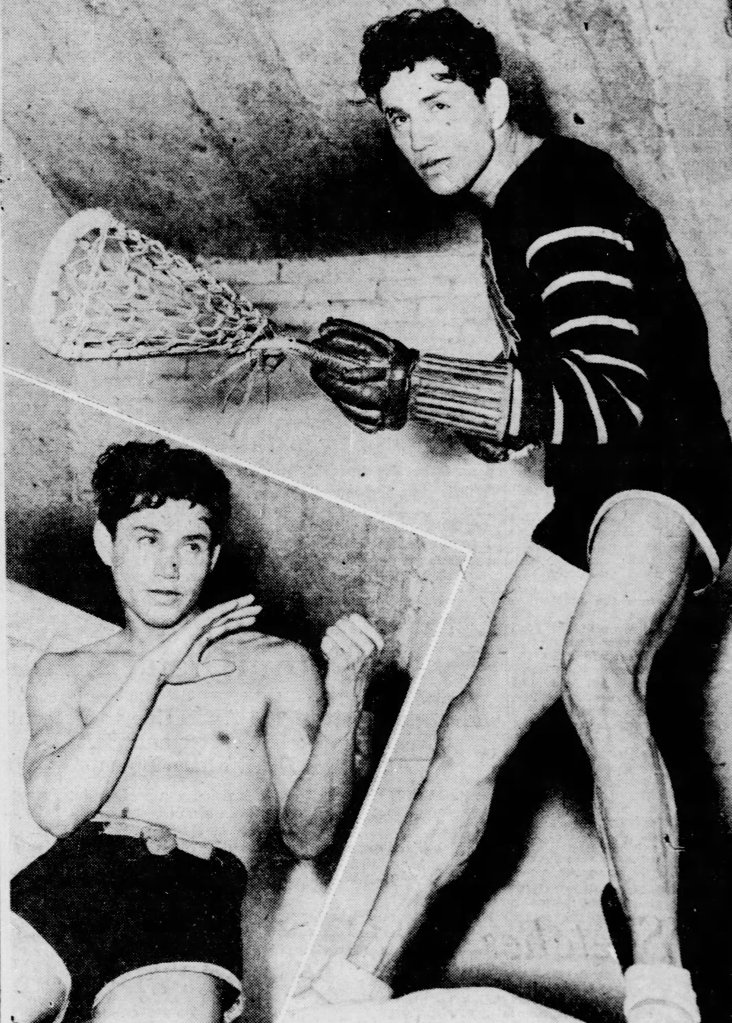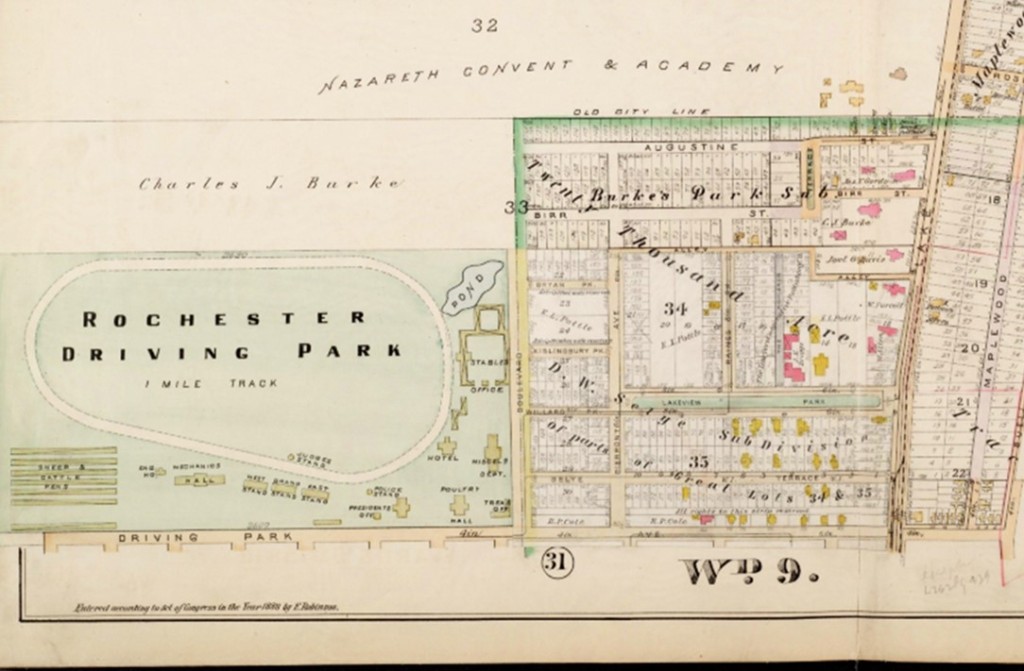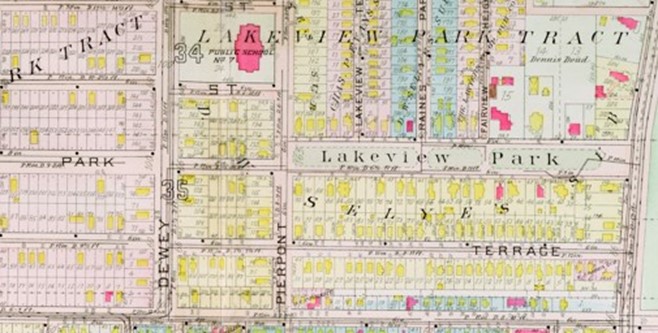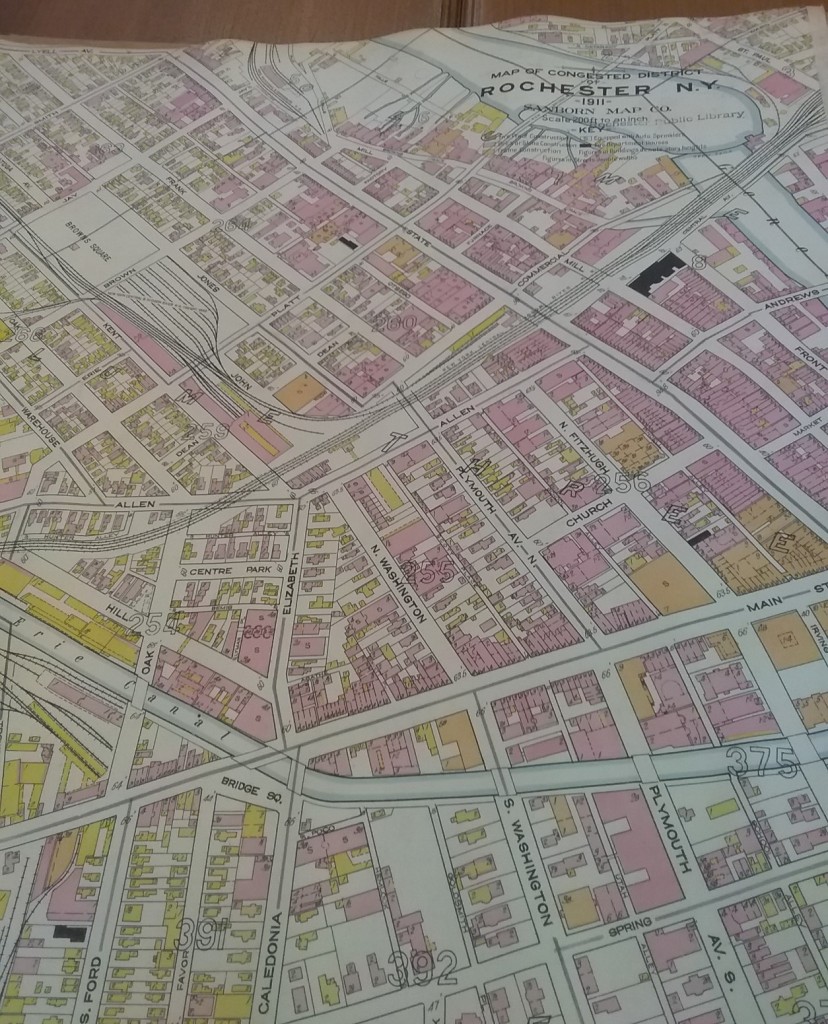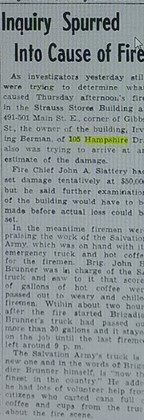Cal Ripken Jr., Cab Calloway, Louise Brooks….There is no shortage of celebrities that hold some kind of connection to Rochester. A somewhat lesser discussed famous figure with ties to the Flower City is Jay Silverheels, the Mohawk actor and activist best known for playing Tonto on The Lone Ranger television series.
Silverheels was born Harold Jay Smith on the Six Nations of the Grand River Reserve in Ontario, Canada in 1912. His father, Captain Alexander G.E. Smith, was the most decorated Mohawk soldier in WWI and his grandfather was a Mohawk Chief.
Young Harry’s athletic abilities became apparent at an early age and he played a variety of sports while attending Brantford Collegiate in Ontario before heading to Toronto to play lacrosse at the age of 18, then moving to Buffalo with his family.

Smith would play box lacrosse for a number of amateur and professional teams over the course of the 1930s, landing on the Rochester Iroquois squad at least three times that decade.[1]
The lineup from his sophomore stint with the Iroquois in 1933 included his brothers Don, “Porky,” and team Captain “Beef” Smith. One of the fastest players in the league, Harry allegedly earned the nickname “Silverheels” from running shoes he’d worn in his youth. (The sneakers in question were white, but since Smith was Mohawk, the name “Whiteheels” didn’t seem appropriate).
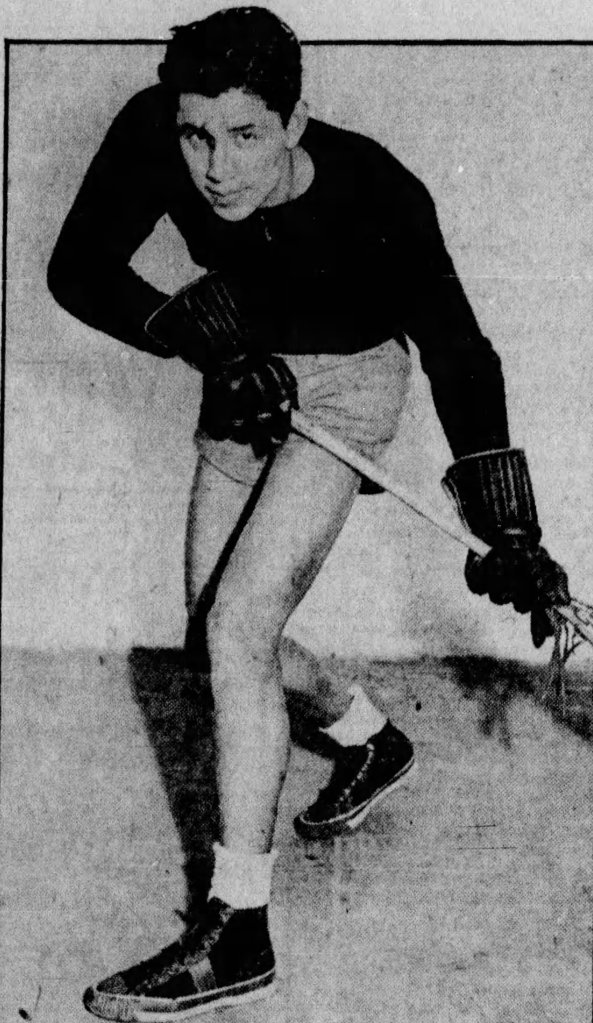
Smith left the Iroquois in 1934 and for the next three years, played with teams on both sides of the border. It was common at the time for Indigenous players from Ontario to head stateside when the Canadian lacrosse season came to a close.
Consequently, Smith made many appearances at the Main Street Armory, the home of local box lacrosse in the 1930s.
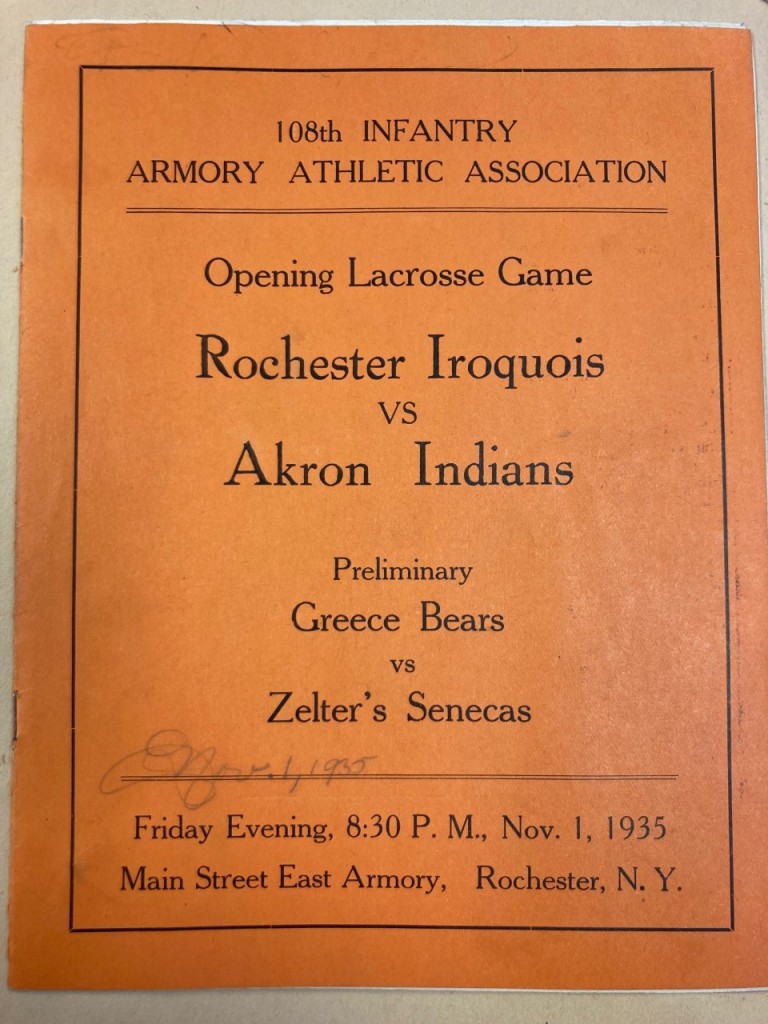
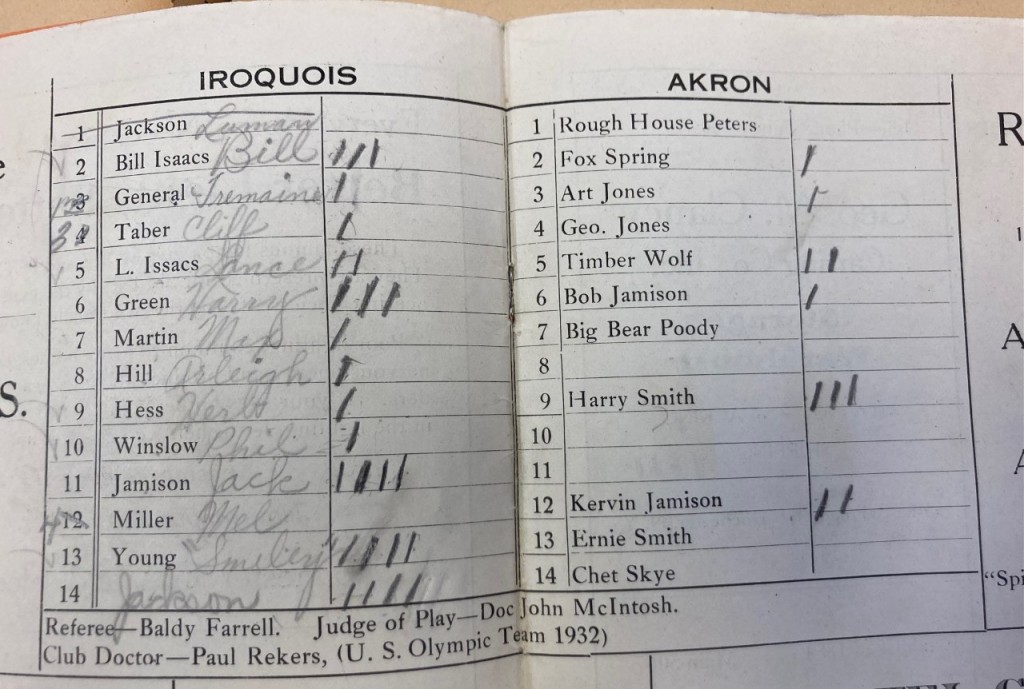
During that decade, Smith also began training as an amateur boxer at his local YMCA in Buffalo, making his debut as a welterweight in 1934 and winning the Eastern Seaboard Golden Gloves Championship in 1937.
The following year, Coach Harry Green, seeking to bolster the Rochester Iroquois’ chances, brokered a deal to re-sign the star player, who helped the team score a number of wins that season. Smith recollected to a D&C reporter in 1957, “I used to have a lot of fun in those days. I surely did like Rochester.”
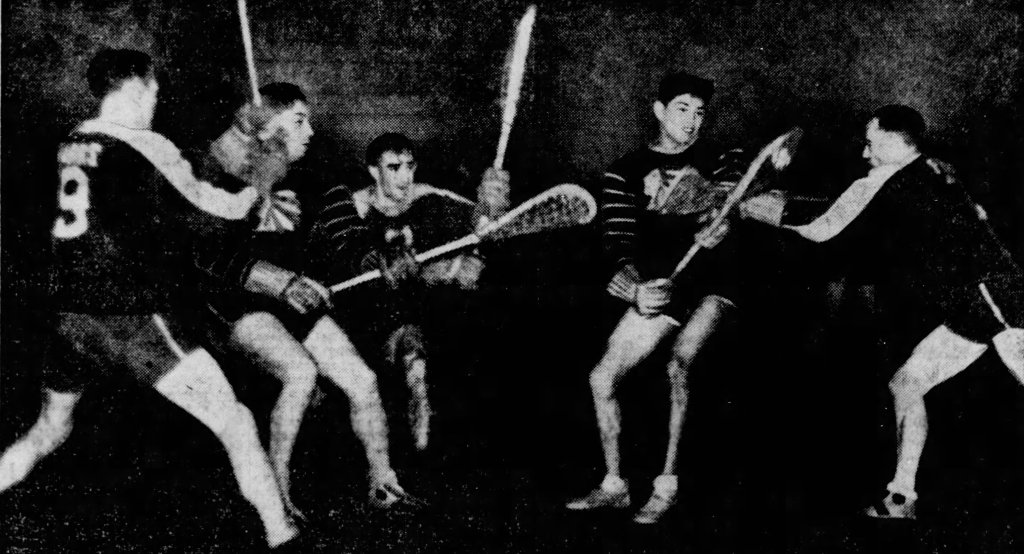
Smith’s time with the Iroquois was again short-lived. In 1939, lacrosse promoters in California offered him the opportunity to tour the West Coast with a team of all Native American players. Such teams were in great demand at the time and allegedly outdrew hockey and basketball in some cities.
Not long after he made his California debut, a comedian named Joe E. Brown spotted the handsome athlete at an exhibition match in Hollywood, and suggested that Smith try his hand at acting.
Following this fateful encounter, Harry Jay Smith the athlete became Jay Silverheels the actor. The next post in this series will detail Smith’s second career and how he renewed his connection to Rochester while living in Hollywood.
-Emily Morry
[1] Though a number of Democrat & Chronicle articles published after 1950 maintain that Smith not only played lacrosse in Rochester, but also attended high school here in the 1930s, I uncovered no evidence to support this claim. By all accounts, Smith attended Brantford Collegiate in Canada and was past high school age when he was in Rochester.

